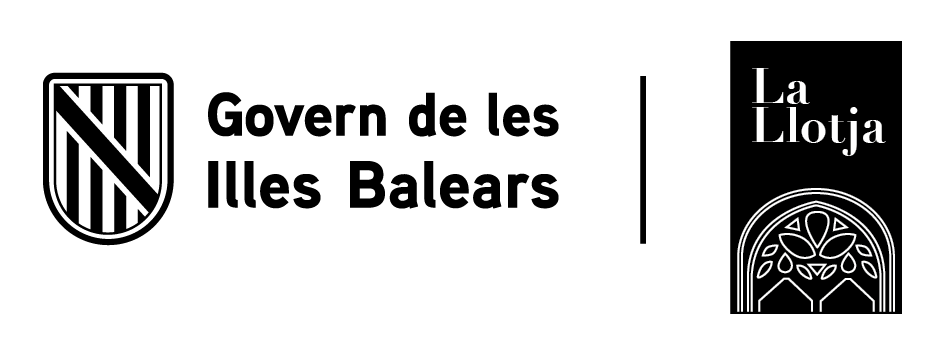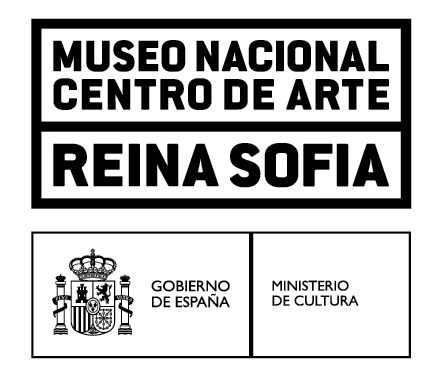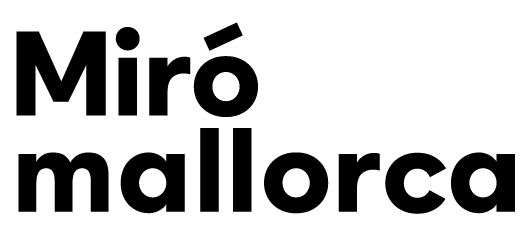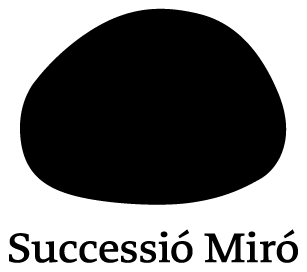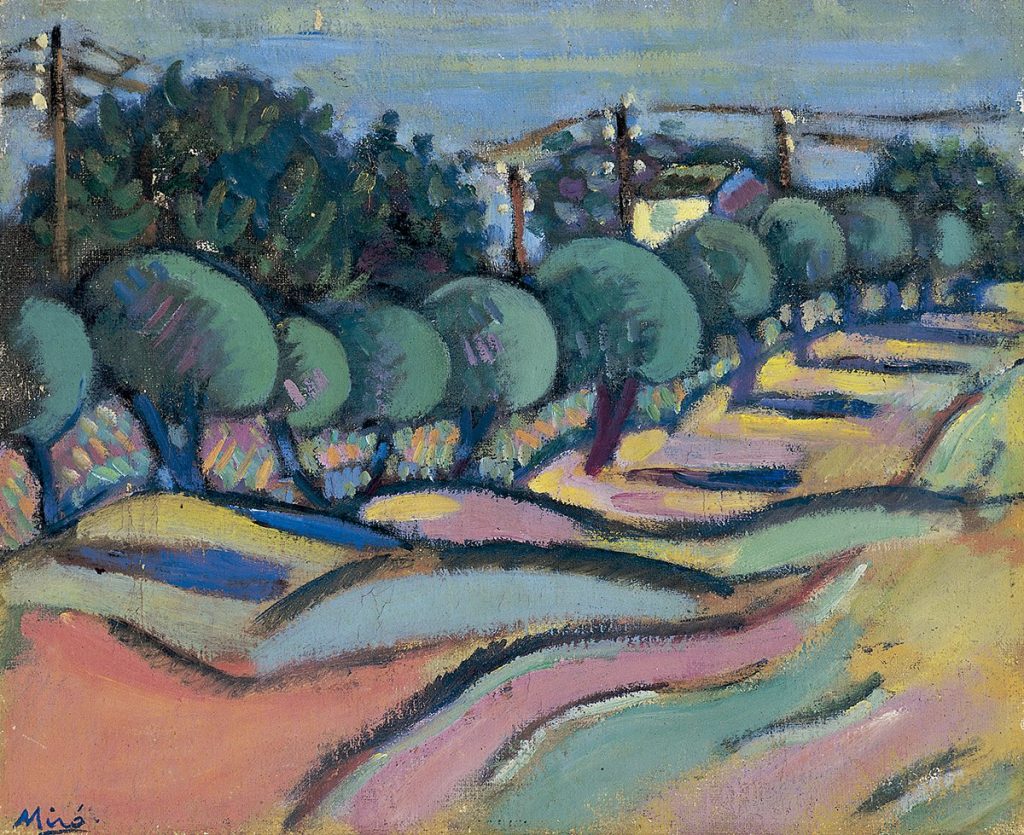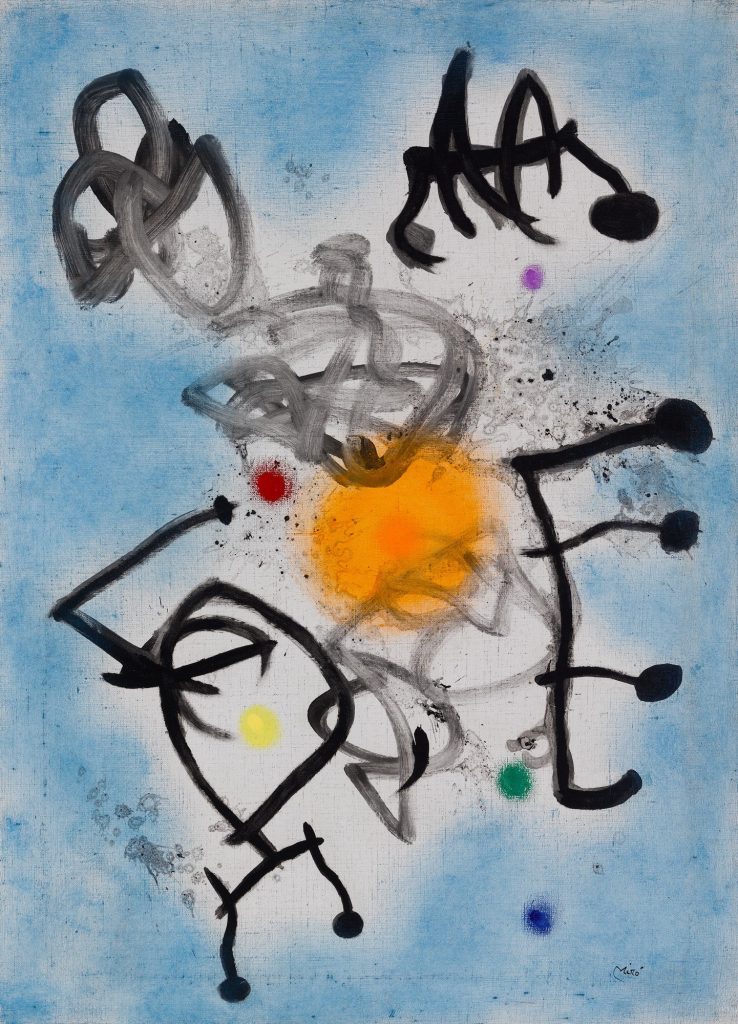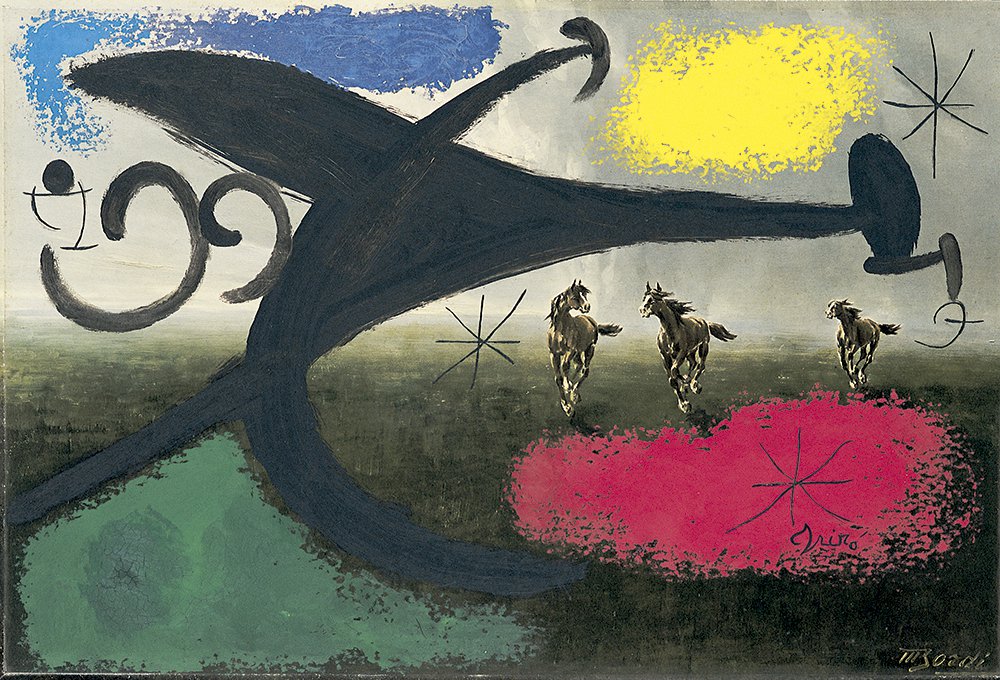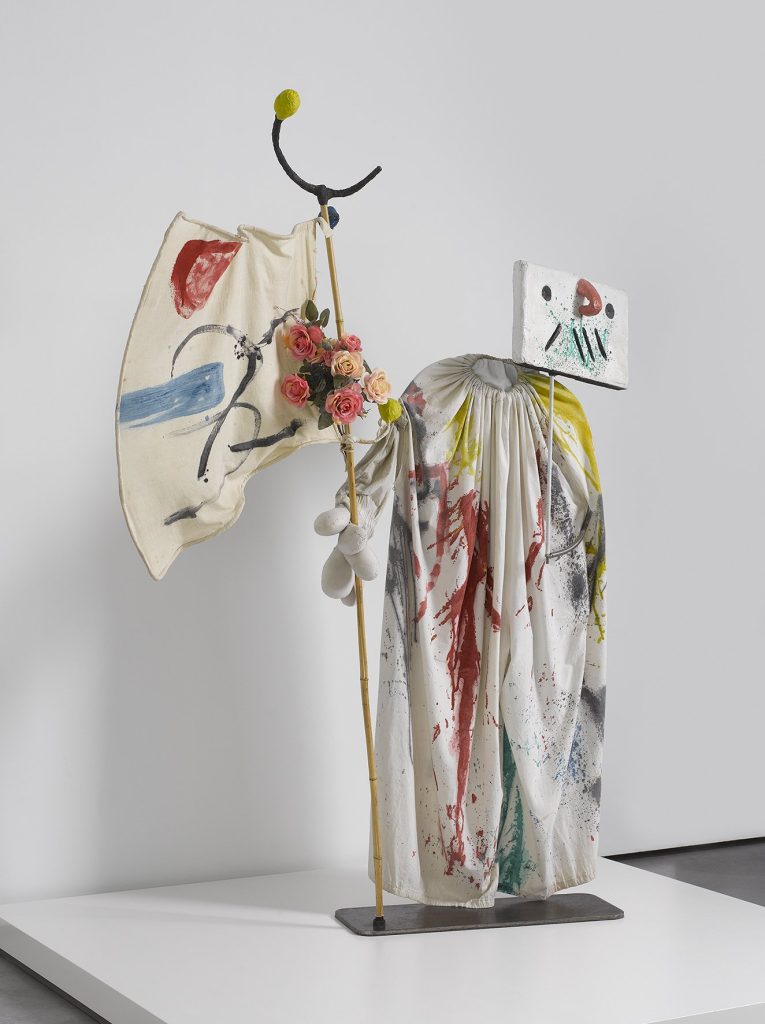Paysage Miró: Painting In Between Things
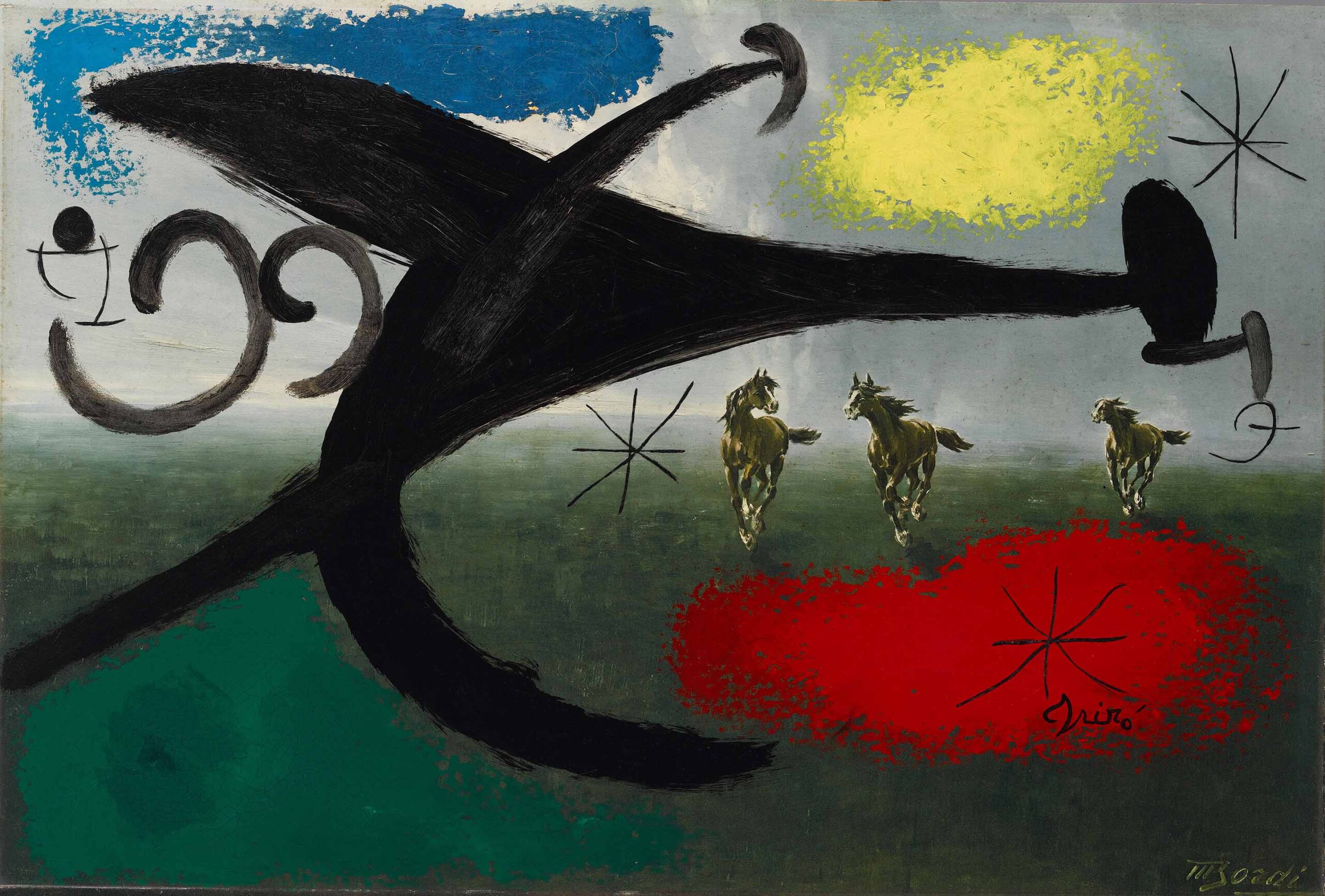
- Location:
- Exhibition Hall A
- Opening:
- Artist:
- Joan Miró
- Curatorship:
- David Barro, Carmen Fernández, Antònia Maria Perelló and Fernando Gómez de la Cuesta
- Downloads:
In 1925, exactly a century ago, Miró presented a small, almost empty canvas dominated by a smallish blue blotch accompanied by the phrase “ceci est la couleur de mes rêves” [this is the colour of my dreams]. As a counterpoint, in the top-left corner he wrote the word “Photo”. It seems no coincidence that the stuff of dreams merges with reality in a work by someone who confessed to dreaming while awake in his studio, emphasising that dreaming was at the centre of his life rather than at the margins.
Blue blotches would return to dominate some of his paintings from the 1970s, where they possess an identity of their own. Iconographic motifs disappear and the artist’s interest in the humblest aspects finds its most radical expression. The blotch becomes equivalent to those small blades of grass that Miró defended as being just as important as mountains. This is painting as poetry. The simplicity of the seemingly accidental blotch reveals not only the detached nature of Miró’s painting but also its boldness, as when he paints over already completed works—Miró at his more radical, a key figure in understanding contemporary painting.
The 20th century exposed both the strengths and weaknesses of painting, while also opening up many pathways that allow us to tell its story beyond its more conventional syntactic structure. This idea is explored in the exhibition “Painting In Between Things”, part of the “Paysage Miró” project, where Miró is presented as an apt figure for constructing a history of painting, since in the 1920s he was already proclaiming his intention to move towards a more conceptual form of art. In the mid-1920s, Miró was still discovering his own language, attuned to the Surrealist movement, and with a similar desire to venture beyond painting, yet eager to avoid its dogmas and paradigms to experiment with materials and techniques in a uniquely personal way. He would gradually turn reality into signs, to the point of admitting that he had lost contact with it. Nevertheless, his forms would never cease to signify something and, in that sense, he never sought abstraction as such. In any case, this act of distancing himself from the sensible world hints at his later significant influence on the processes and developments of abstract painting.
Joan Miró is the painter of open colours. If Impressionists such as Monet sought to stress visual sensations, Miró steered this intent to paint colour, to grasp its vibrations, into uncharted territory. This is something he was already attempting in his early landscapes of Mont-roig, which is why one of them, from 1916, is included as the earliest work in this exhibition project. Later, signs and forms would dance through space, and colour would expand to transform the viewer’s gaze. In this way, Miró avoids the rigidity of traditional painting in favour of conceptualising his pictorial signs. These paintings hide more than they reveal.
Some of his sculptures also arise more out of images than volumes, as they rely on a very flat frontality, although Miró endows them with sculptural corporeality. If, in the late 1920s, Miró understood the construction of objects as an anti-painting and rebellious practice, by the late 1960s he was crafting some of his sculptures almost as an ode to painting, as seen in his bas-reliefs, characterised by the frontal view of both their sides and brushstrokes similar to his most expressionist paintings, where his gestures as a painter are most keenly felt.
Joan Miró’s ever enigmatic works come from unbounded experimentation. Hence his recurring use of childlike drawing and primitive pictography, which let him project a raw body of work to the point of wanting to “murder painting”. He would go on to burn and tear some of his canvases and declare his discomfort with the more conventional positions of painting, while at the same time exaggerating pictorial space, sometimes through vast blotches and at others by transfiguring the most familiar of things. Miró dreamt his own landscape by painting amongst things.
This exhibition is part of a joint project organised with the Museo Nacional Centro de Arte Reina Sofía and presented at four iconic contemporary art venues in Palma—La Llotja, Es Baluard Museu, Casal Solleric and Fundació Pilar i Joan Miró a Mallorca—with additional support from Successió Miró and Galeria Pelaires. Each of the four venues offers its own perspective, yet together they make up a single landscape. The selection at Es Baluard Museu includes works made between 1916 and 1978 from the collections of the Museo Nacional Centro de Arte Reina Sofía in Madrid, the Fundació Pilar i Joan Miró a Mallorca and Es Baluard Museu.
